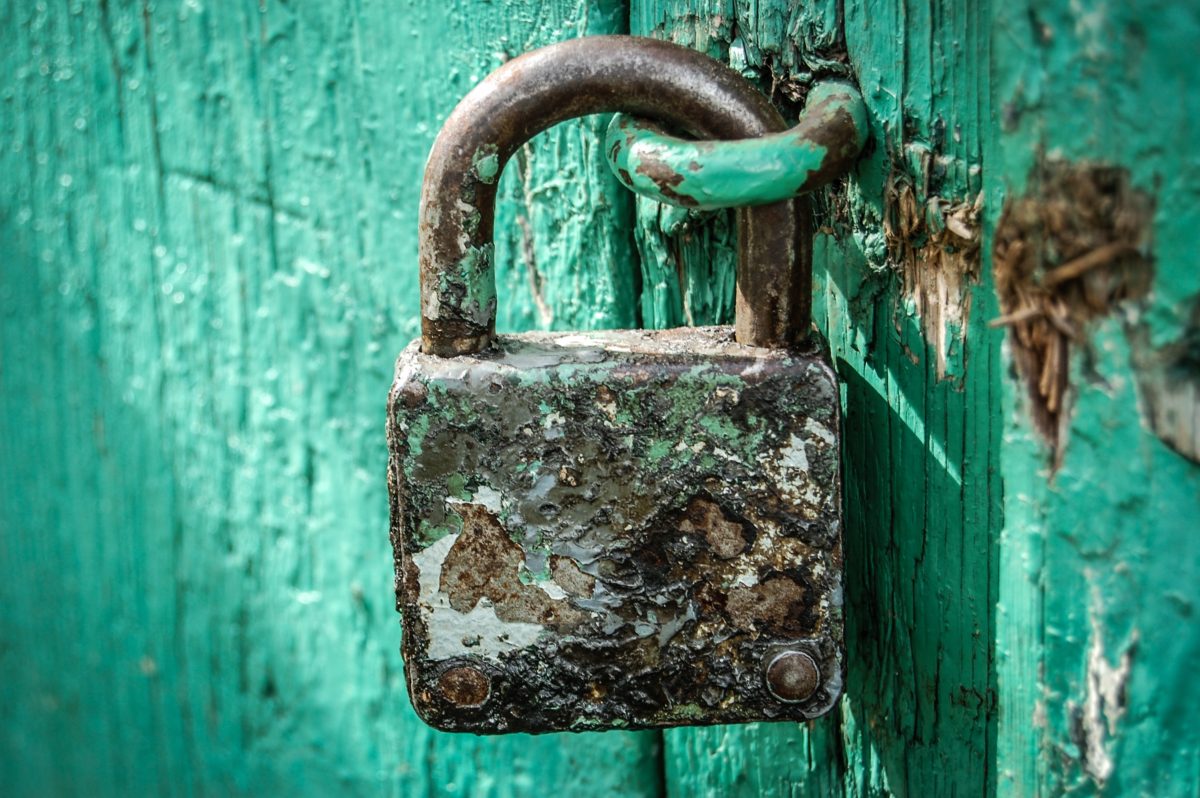It’s tempting when your brand is trending to believe that the hard work is done. In point of fact, it may just be beginning.
I haven’t seen any stats on this, but there seems to be broad agreement among marketers that consumer attention spans have shrunk and will continue to do so. Global interest and outrage can be generated very quickly, but the fall-off can also be dramatic. I was interested to note that the huge rise of the Pokémon Go game since July has been followed by a noticeable decline. According to Fortune, daily active users and levels of engagement have dropped 30% since the game’s peak.
Game-changer or fad?
None of that should take away from what the game has achieved. It has changed how we think about augmented reality and it has certainly introduced new opportunities and new concerns about the reaping of data in exchange for fun. Some have even suggested it will change the monetisation of small business.
But is this a genuine game-changer or a fad? It may have been downloaded more than 100 million times, but one of the problems Pokémon Go faces, the Fortune article suggests, is that while it has succeeded by hitting nostalgia buttons and giving the brand a new twist, it has failed, in playing, to make the transition from a hunting phenomenon to a true and durable game.
Here’s why that’s an issue. While many in the tech world subscribe to the mantra of ‘ship and fix’, the fact remains that when you ship too early, you put the premise out into the world, but without enough substance. Initial interest is critical of course – but so is intrinsic interest. If brands are to continue to build, there must be something that keeps people coming back and being rewarded, financially, socially or experientially, for doing so.
Seeing past initial success
Building repeatability into your brand is vital. But even then, that repeatability must be able to morph so that there is enough familiarity for people to relax, but enough new aspects for them to stay interested. The Fortune article argues that Pokémon Go is the victim of rushing to market at the direct expense of ongoing engagement.
All of us requires careful balance. On the one hand, a brand prospers from being in market and generating interest and feedback. On the other hand, if the mechanisms are not in place to give buyers new things to try once they are familiar with the product, consumers will quickly move on and copiers will just as quickly move in. To me, this is a critical part of brand strategy that gets overlooked. So much focus these days is put on getting a brand to market or repositioning a brand in market. Not enough emphasis is placed on infusing dimension into a brand so it can change and expand in direct response to market reactions to build on the success that it has worked so hard to achieve.
Brands must be iterative because consumers are iterative.
Everyone keeps moving on. Some time back, of course, maintaining momentum would simply have required filling up the media schedule. Now, it requires brands not just to continue their marketing but also to find ways to make their products more interesting, their experiences more immersive, their communities more involved and their data more insightful, individualised and actionable. Brands must be iterative because consumers are iterative. Everyone keeps moving on. Today, there’s no such thing as brand maintenance.
Storytelling as gameplay
I wonder – aloud – whether the next role of storytelling is connected with that: with writing “arcs” for brands that plot where the brand could do in response to what the market does. Think of it as storytelling as gameplay, where the brand has a range of options available which can be played out in response to consumer reaction. Sceptics will argue that such a way of working through the future has too many variations, will be different across markets and takes the ownership for the brand’s direction away from the brand itself. Isn’t that the lesson though from what is happening to Pokémon Go? What goes up will come down – and arguably the faster it rises, the quicker it falls as excitement gives way to frustration, disappointment or the next attraction.
Increasingly, the brands we create and manage behave like stories and are subject to the constraints (and the opportunities) of fashion. They have timeframes within which they are potent. And they live or die on their ability to stay interesting and keep selling. Unless “next” is ready to run as soon as “now” expires, there’s a real threat that a brand, particularly a brand that has accelerated quickly, will stall.



